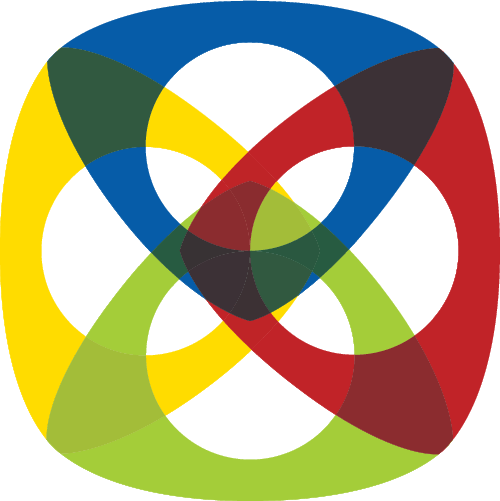Overview
AvaSpec-ULS2048CL-EVO (CMOS)
Another member in our EVO series: the AvaSpec-ULS2048CL-EVO.
Using CMOS instead of the conventional CCD technology, this spectrometer is completely up to date and ready for the next decade.
The dominant position of CCD detectors in the spectrometer field is fading and new technologies like CMOS have evolved and become a suitable alternative. The AvaSpec-ULS2048CL-EVO offers you this latest technology ensuring a spectrometer platform for the coming years.
In combination with our latest AS-7010 electronics, the AvaSpec-ULS0248CL-EVO offers you a versatile device including USB3.0 communication with 10 times higher speed compared to USB2, and a second communication port which offers Gigabit Ethernet for integration in your company network and possibility for long distance communication, all at an affordable price.
Besides the high-speed communication options, the EVO series spectrometers also offer a fast microprocessor and 50 times more memory capacity, which can help you to store more spectra onboard and realize more functionality.
Options include a detector collection lens to enhance sensitivity in the 200-1100 nm range and order-sorting filter to reduce second-order effects. Furthermore, the AvaSpec-2048CL is available with a wide range of slit sizes, gratings and fiber-optic entrance connectors.
It comes complete with AvaSoft-Basic software, USB cable and an extensive manual.
The AvaSpec-ULS2048CL-EVO is also available as OEM unit, bench-only or Rackmount version.

